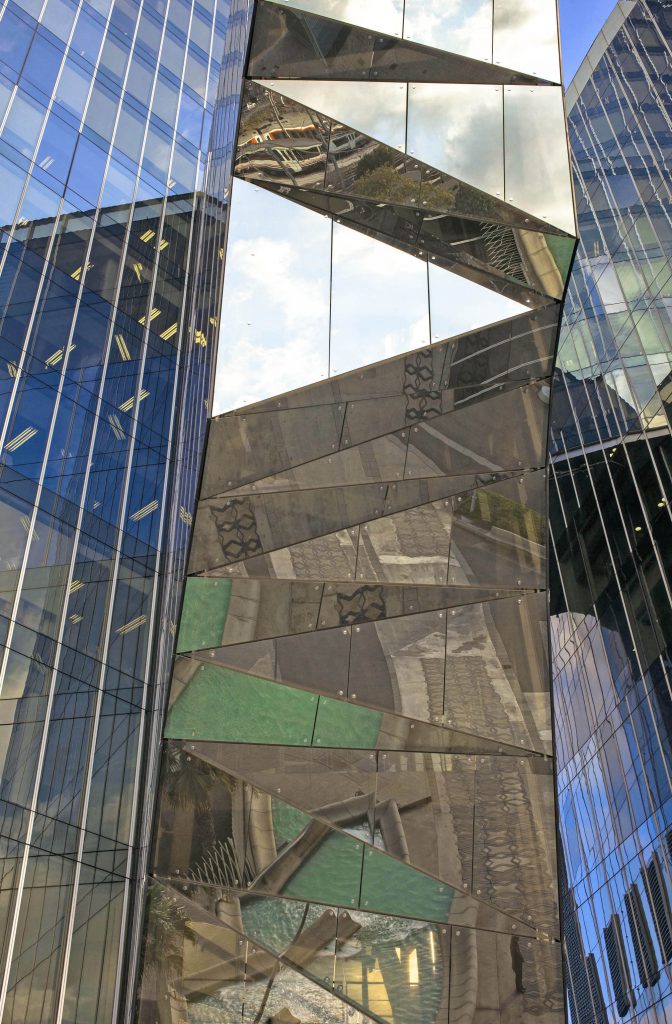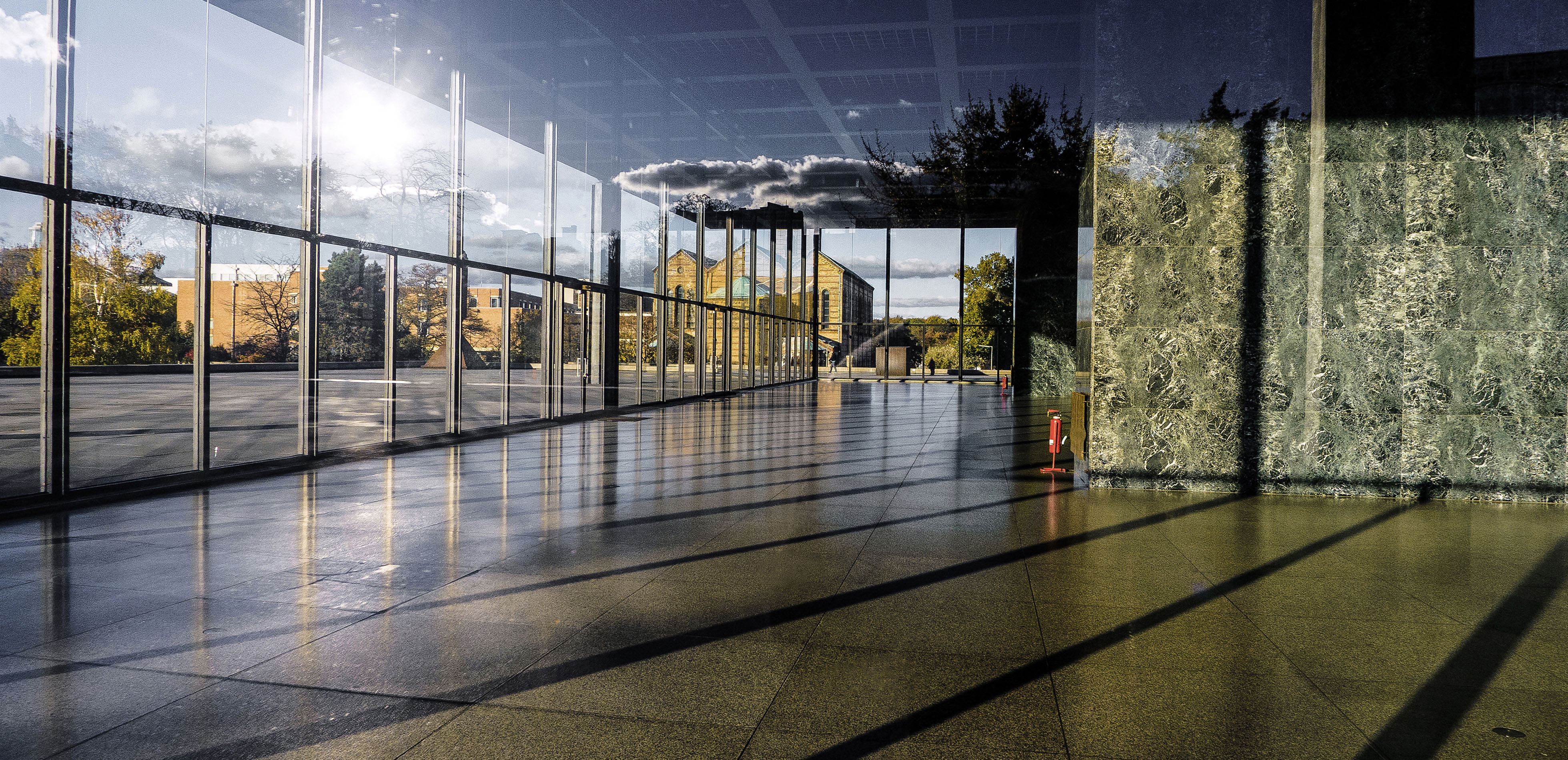“At the beginning of each of my projects is an encounter. When such an encounter has taken place, I follow my photographic intuition. Reflections and mirrorings give rise to different image levels, which I make visible. My pictures from the metropolises of the world offer different levels of perception. They invite to interpretations and associations. Working in the FineArt area, the perfect printing of my photos is very important, “says photographer Arina Daehnick in an interview with Hahnemühle, which reveals which paper is perfect for her ‘photographic encounters’.
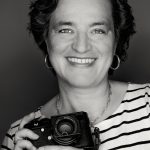
When did you detect your passion for photography?
I grew up with art. Back in the 1920s, my grandma was one of the first women to have studied art. Actually, becoming an artist was my first career aspiration – even before my first school day.
What sparked your interest in photography?
First of all, my father who took care of my first technical and didactical education. As juvenile I experimented with peers. It goes without saying that we opted (in the 1980s) for an analogue approach, black & white and in an own photographic laboratory. At the age of 17 I had my first sales exhibition. But I wouldn’t be where I am today hadn’t I attended the school of painter Heidi Pulley Boyes in Hamburg. She was the one who taught me – above all – to see. And by doing so she paved my path to my own signature and my own style.
Which of your projects helped you making it to the professional market?
In 2014, Leica Camera AG showcased me on their blog. That was crucial for everything that followed… A wonderful start… They presented the entire range of my work as well as my theoretical background and my idea of photography.
Do you have an idol in photography and painting or who did inspire you the most?
The rich colours, the courage to use colours of David Hockneys already inspired and thrilled me as young woman. The kind how Edward Hopper placed persons in a room – absent and so close at the same time: just great. I love to look over the shoulders of photographers of the 1920s and ‘30s. In this context I have to mention Andre Kertesz. He has got such a magic, poetic style, situated in the centre of reality and moving out of it. Playing with the reality is an important facet of my work.
How would you describe your photographic style?
Rather than anything else as concept photography in the architecture area. Have I found a topic I deliberately visit places, buildings and locations to fathom them, accompany them and experience them at different times. But I also like to just let myself float on the roads with attentive, open eyes … The biggest number of projects was started like that. Therefore, I feel at home in the street photography.
What is the most challenging aspect of photography?
Of course it is important to create a ‘good’ picture. But the most challenging aspect certainly is to develop a concept and a series of it.
Not quite the question but inviting me: it’s nicer than anything when I succeed in touching the people with my pictures. Sometimes people describe the same experience when looking at one of my pictures as I had when taking it – a goose-bump moment.
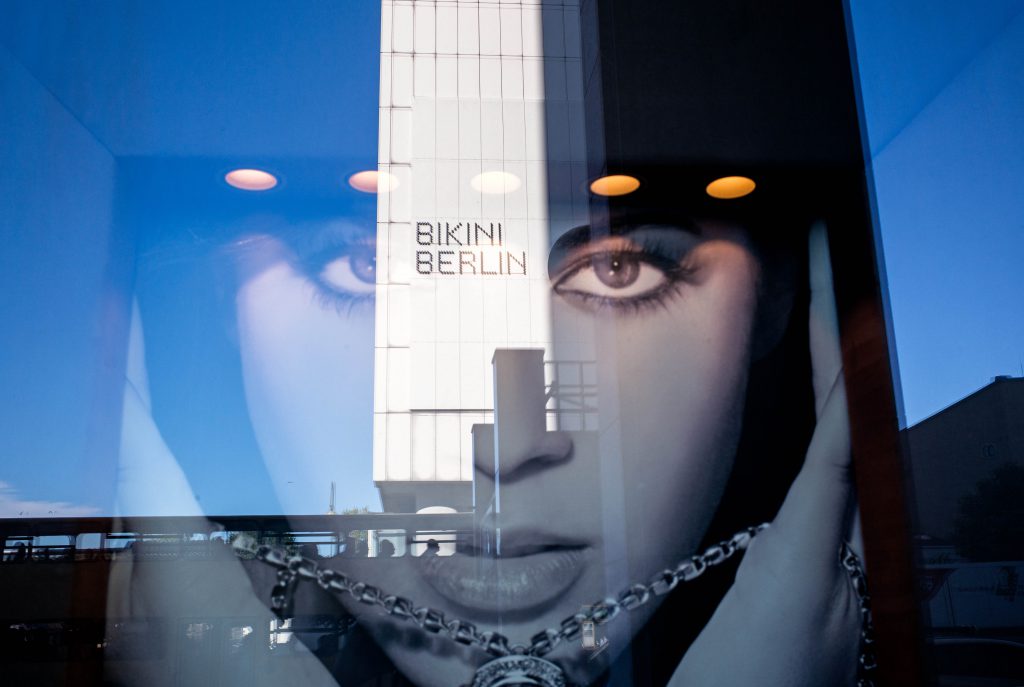
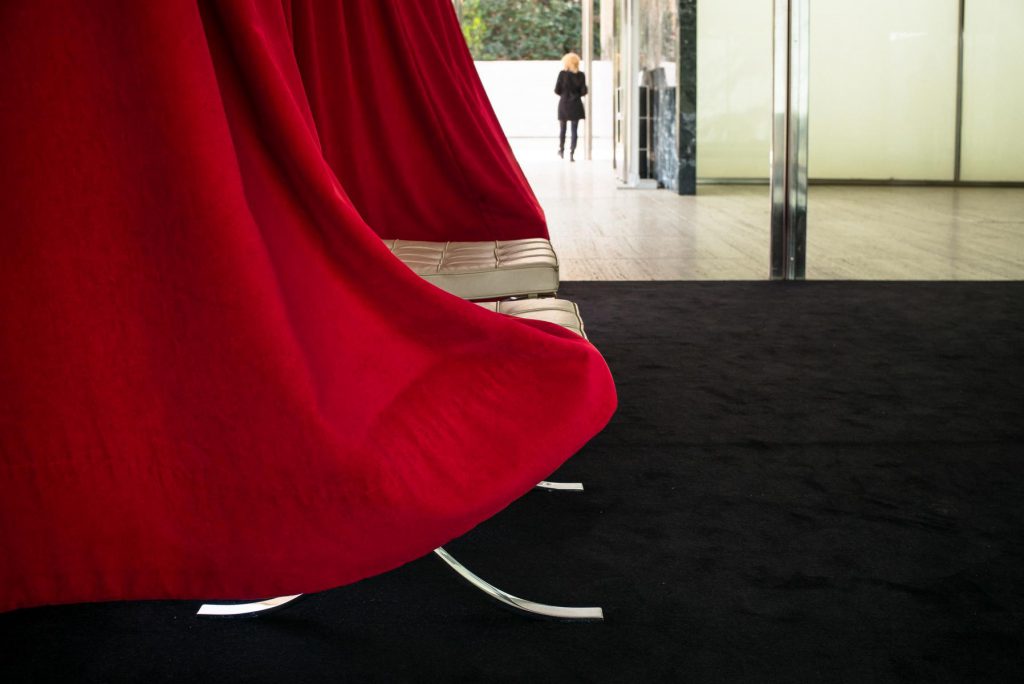
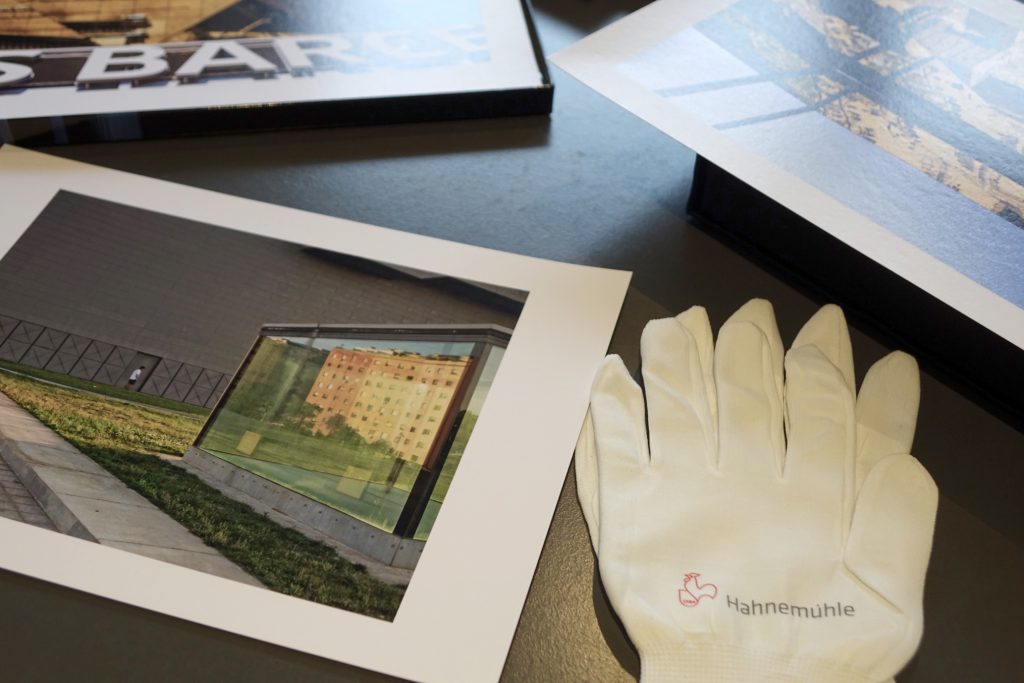
What is the significance of the printed presentation of you works of art?
It’s of major importance. Photos just have to be printed on paper. And a photo also must have what it takes to impress on paper. I pass it again and again, look at it again and again – and it is and remains in the room until I decide to put it away. I am working in the Fine-Art area. That means that my art is purchased by people who live with the pictures every day. The excitement when I wait for a picture coming out of the printer is exactly the same as the one I felt as young woman when standing in front of the bowls in my darkroom.
Which is your favourite Hahnemühle paper and why?
Following several experiments I can say that I like best seeing my pictures on Baryta FB 350. It shines in a classy way. I love its colour-brilliance. And last but not least I am truly thrilled by the paper’s structure. It gives my pictures that mainly deal with architecture depth.
Is there a subject or project you dream about realising?
In the past four years so many of my wishes came true that I first of all am thankful. But… a nice question: accompanying a building, in a manner of speaking, from birth is one of my big dreams.
What are you planning next?
For ‘The MIES Project’ I travelled to different cities in Europe and the USA to visit buildings that were planned and built by Ludwig Mies van der Rohe, the important architect of the modern-spirit, the ‘International Style’. The pictures will first of all be exposed in September 2019 in the Crown Hall, simultaneously to the Chicago Architecture Biennal. The Crown Hall has not only been planned by Mies – he also was in charge of it and taught architecture in it. The exposition is called
‘Architectural Portraits: The MIES Project by Arina Dähnick’
70 large-format pictures of the project will be exposed. Simultaneously there will be a book featuring essays by Michelangelo Sabatino (the dean of the IIT Chicago Architecture), an introduction by Dirk Lohan and – of course – my pictures. I recently moved the project forward regarding the prints on site in Chicago with PrintLab, a Hahnemühle Certified Studio.
But prior to this event, I also look forward to exhibitions in Hannover, Salzburg, Berlin, Chicago – and also to the presentation of my pictures on the Hahnemühle booth at the 2018 Photokina (Hall 3.1).
More on Arina´s work you´d find on her website.
